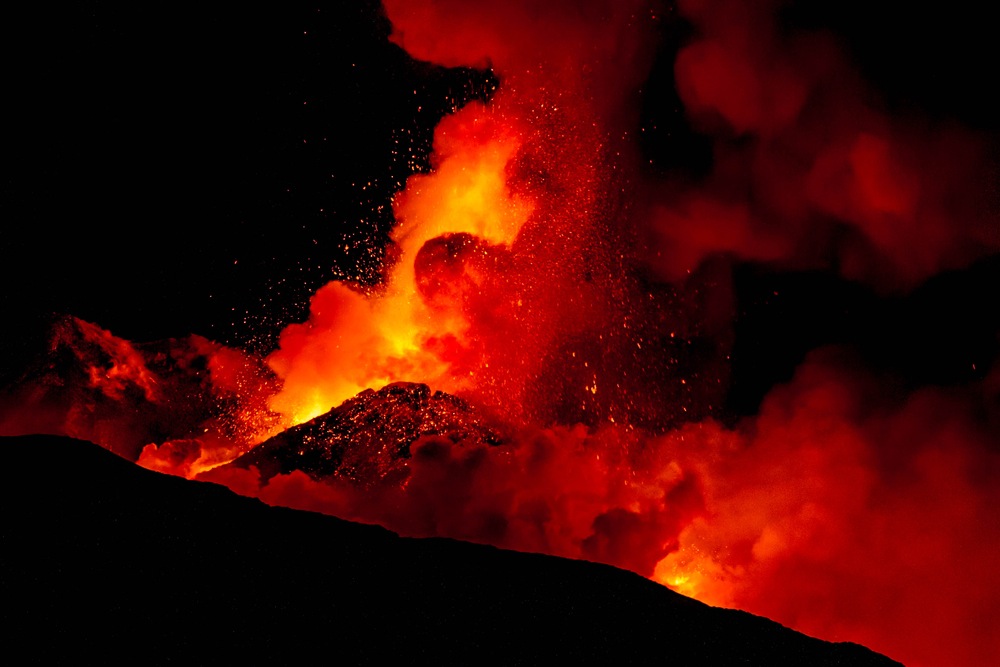
ShutterstockA volcanic idea.
The Pacific Northwest’s powerful rivers and sweeping winds can generate a lot of electricity, but not continuously. Where better to store some of that energy when there’s a surplus than in the rocky residue of a volcanic eruption?
Scientists at the Pacific Northwest National Laboratory and the Bonneville Power Administration think underground porous rocks produced by volcanic eruptions could be used as a large battery system. They say excess power produced by wind farms in the region could be stored for months as pressurized air before being converted into electricity. From National Geographic:
This is much more than an academic exercise in a region that’s home to one of the largest networks of hydroelectric dams in the United States, a recent boom in wind installations, and state mandates for renewables on the grid. …
Focusing on subterranean basalt reservoirs in eastern Washington State, the authors of this new study have examined the feasibility of deploying a system known as compressed air energy storage, or CAES. They analyzed geological data from petroleum exploration to identify a pair of sites where these volcanic rocks could store enough energy to power a total of about 85,000 homes per month.
“We’re talking about air far below the water table, in the kinds of places where you would find things like fossil fuels,” said Haresh Kamath, energy storage program manager with the Electric Power Research Institute (EPRI). Natural gas and other fuels can and have been held in “similar rock formations for millions of years under pressure, and nobody notices anything at ground level,” he said. In a CAES plant, the underground reservoirs could provide the vessels where compressed air could be pumped and stored using surplus wind energy. During times of higher demand, such as hot summer afternoons, the air would be uncorked, heated, and used to turn a turbine to generate electricity.




